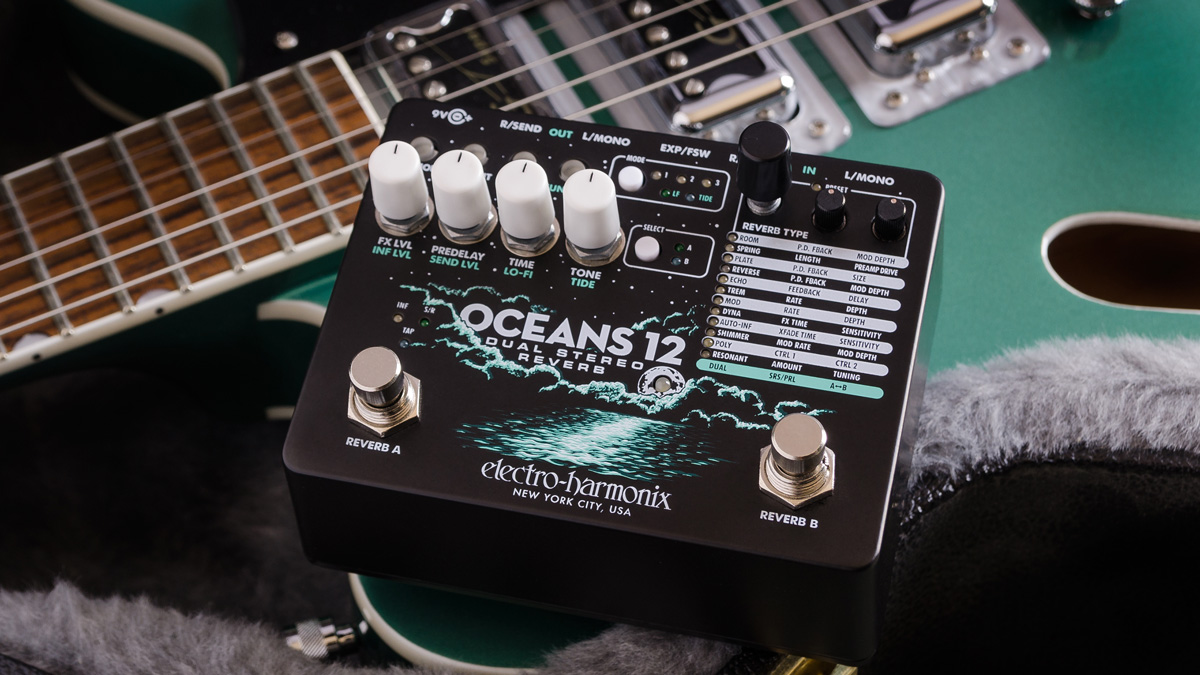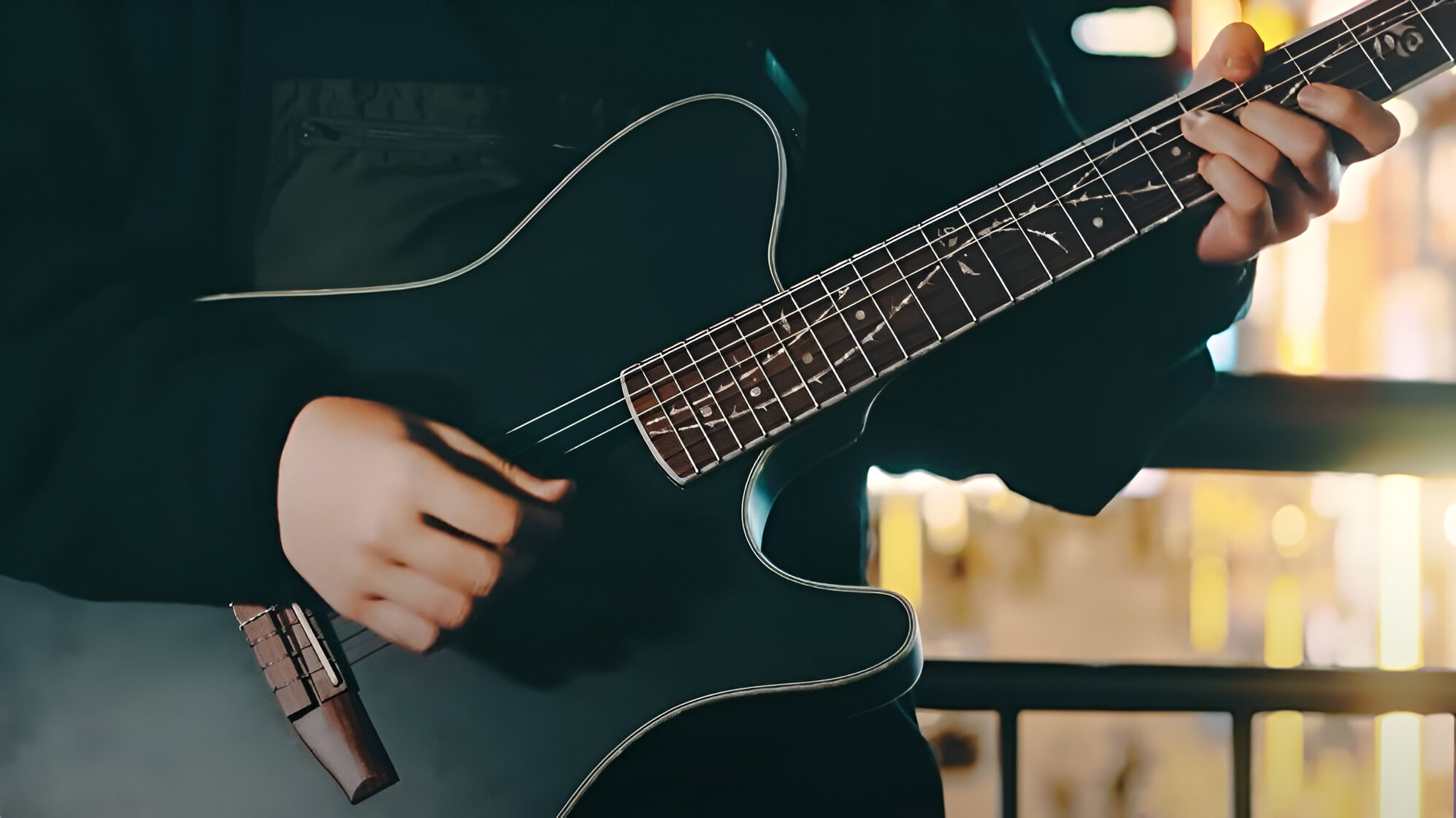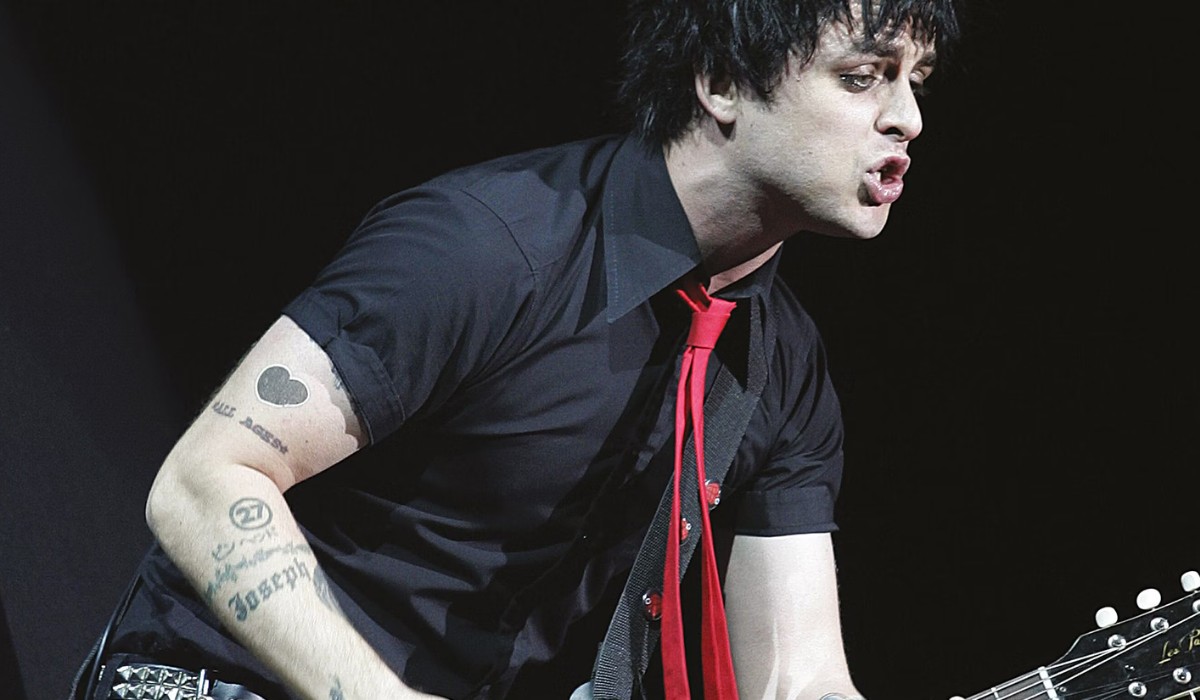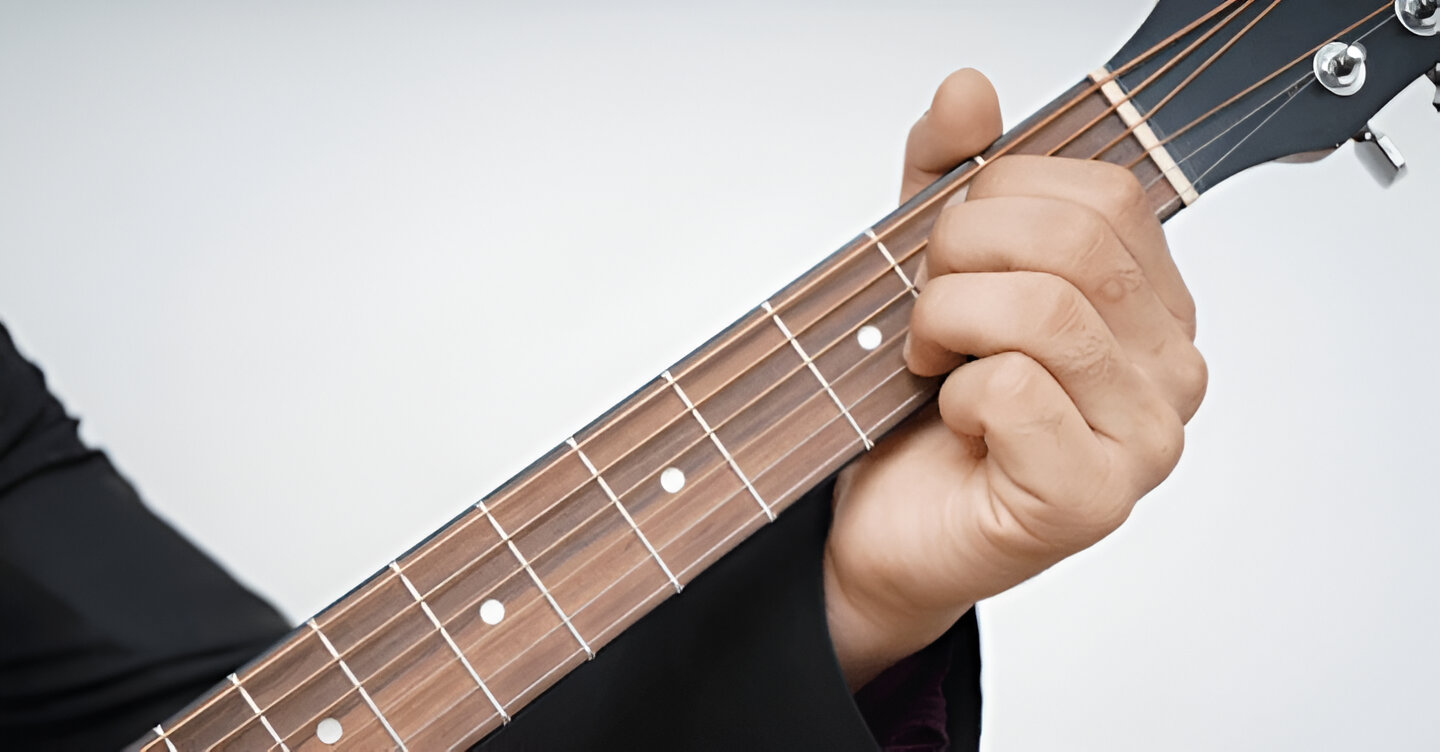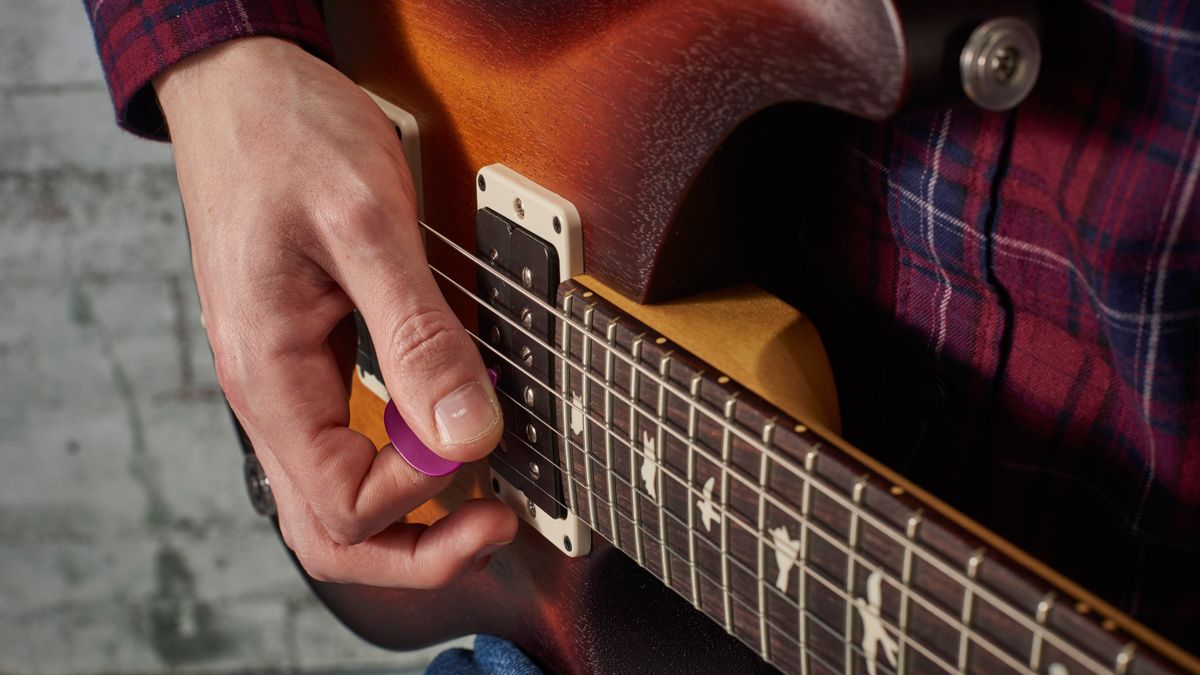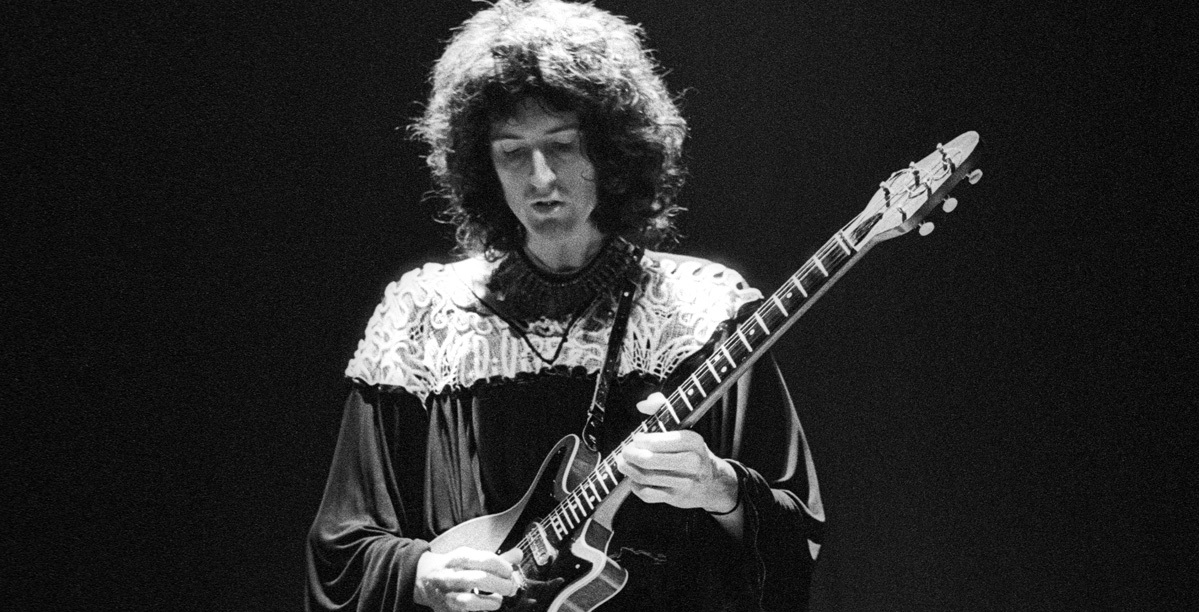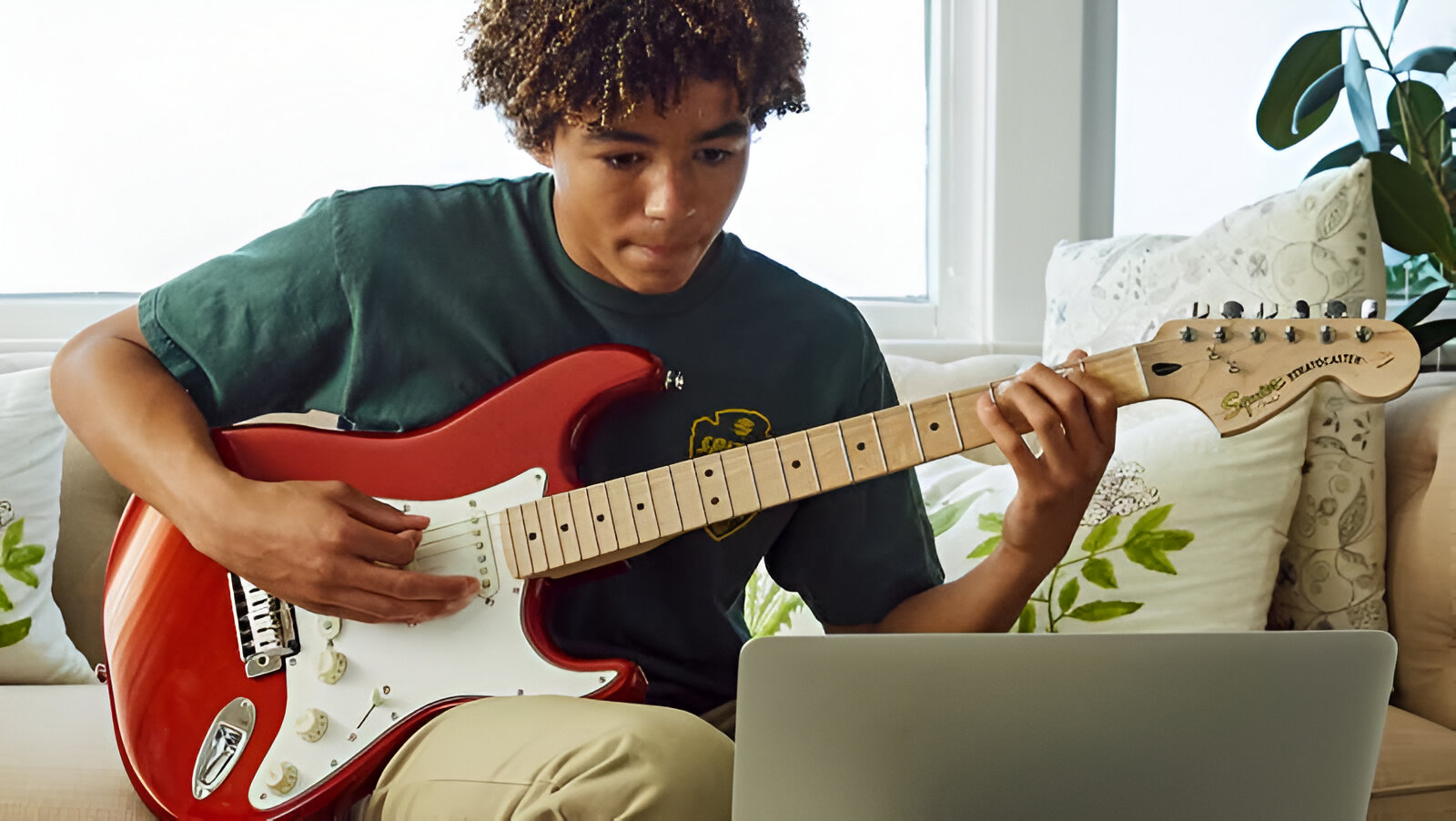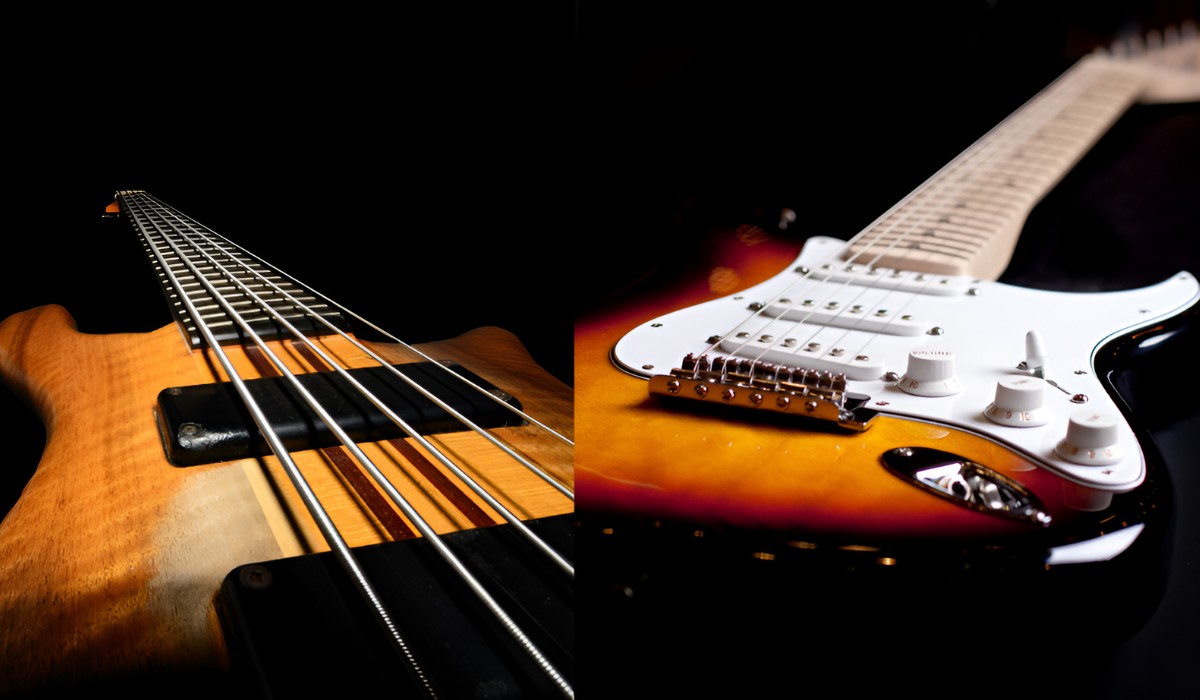Choosing the Right Scale
When it comes to playing captivating solos on an electric guitar, choosing the right scale is paramount. The scale you select sets the foundation for the entire solo, influencing its mood, intensity, and overall feel. Here are some key points to consider when choosing the right scale for your solo:
- Identify the Key: Before selecting a scale, it’s crucial to identify the key of the song. The key determines the set of notes that will harmonize with the backing chords, allowing you to create a seamless and melodious solo.
- Consider the Mood: Different scales evoke distinct emotions. For instance, the minor pentatonic scale often conveys a sense of longing or melancholy, while the major scale tends to sound more uplifting and joyful. Understanding the mood you wish to convey in your solo will guide your scale selection.
- Explore Modal Options: Experimenting with modal scales can add depth and complexity to your solos. Modes such as Dorian, Mixolydian, and Phrygian offer unique tonalities that can inject character and intrigue into your playing.
- Adapt to the Genre: Different musical genres often favor specific scales. For instance, blues solos commonly feature the blues scale, while jazz solos may incorporate the diminished or altered scale. Adapting your scale choice to suit the genre can enhance the authenticity and impact of your solo.
By carefully considering these factors, you can select a scale that complements the song, aligns with the desired emotional expression, and showcases your musical artistry. The right scale serves as the canvas upon which you paint your musical story, shaping the entire sonic landscape of your solo.
Understanding Phrasing and Dynamics
Mastering the art of phrasing and dynamics is essential for crafting mesmerizing solos on an electric guitar. These elements lend depth, emotion, and expressiveness to your playing, elevating your solo from a mere sequence of notes to a captivating musical narrative. Here’s how you can harness the power of phrasing and dynamics in your solos:
- Breathing Life into Notes: Effective phrasing involves imbuing your notes with a sense of vitality and purpose. Instead of playing a continuous stream of notes, strive to create phrases with distinct beginnings, middles, and ends. This approach mimics the ebb and flow of natural speech, allowing your solo to resonate with listeners on a profound level.
- Utilizing Articulation Techniques: Experiment with various articulation techniques such as bends, slides, and vibrato to infuse your phrases with character and nuance. These techniques add texture and personality to individual notes, enabling you to convey a wide spectrum of emotions through your playing.
- Embracing Dynamics: Dynamics play a pivotal role in shaping the emotional trajectory of your solo. By incorporating variations in volume, intensity, and attack, you can create moments of tension, release, and climactic impact within your solo, captivating your audience and drawing them into the musical journey.
- Developing Call-and-Response Patterns: Introducing call-and-response patterns within your solo can add an engaging conversational quality to your playing. By juxtaposing assertive phrases with responsive, introspective passages, you create a dynamic interplay that holds the listener’s attention and fosters a sense of musical dialogue.
By honing your understanding of phrasing and dynamics, you can breathe life into your solos, infusing them with emotion, narrative depth, and a captivating sense of musical storytelling. These elements empower you to transcend the mere technical execution of notes, allowing you to connect with your audience on a profound and evocative level.
Developing Technique and Speed
Building proficient technique and speed is a cornerstone of delivering compelling electric guitar solos. The ability to execute intricate passages with precision and agility enhances the impact and expressiveness of your playing. Here are key strategies for developing your technique and speed:
- Focus on Precision: Cultivating precise fretting and picking techniques is fundamental to mastering speed. Pay close attention to your hand positioning, finger placement, and pick attack, ensuring that each note is articulated with clarity and accuracy.
- Employ Efficient Practice Methods: Utilize focused and deliberate practice sessions to target specific technical challenges. Breaking down complex passages into smaller segments and gradually increasing the tempo allows you to methodically build speed while maintaining control and precision.
- Explore Alternate Picking and Legato Techniques: Incorporating alternate picking and legato (hammer-ons and pull-offs) into your playing can significantly enhance your speed and fluidity. These techniques enable you to navigate rapid note sequences with dexterity and finesse, unlocking new avenues for expressive soloing.
- Utilize Metronome Training: Practicing with a metronome is invaluable for honing your rhythmic accuracy and developing consistent speed. Gradually increasing the metronome tempo as you master a particular passage cultivates incremental speed gains while instilling a strong sense of timing and groove in your playing.
- Embrace Muscle Memory Development: Repetition and muscle memory play a pivotal role in enhancing speed and technique. Regular, focused practice ingrains complex movements into your muscle memory, allowing you to execute fast and intricate passages with fluidity and ease.
By integrating these strategies into your practice regimen, you can elevate your technical prowess and bolster your speed, empowering you to deliver electrifying solos that captivate and enthrall your audience. Mastery of technique and speed not only expands your creative potential but also amplifies the impact of your musical expression.
Using Bending and Vibrato Techniques
Harnessing bending and vibrato techniques is pivotal for infusing your electric guitar solos with soulful expressiveness and emotive flair. These techniques empower you to imbue your notes with subtle nuances and evocative textures, elevating your soloing to new heights of musicality. Here’s how you can master the art of bending and vibrato:
- Mastering Bending Control: Bending notes allows you to introduce vocal-like inflections and heightened emotional resonance into your playing. Focus on developing precise control over the pitch and intensity of your bends, aiming for smooth, even transitions between notes to evoke a sense of poignant longing or exuberant release.
- Exploring Variations in Vibrato: Vibrato adds warmth and depth to sustained notes, imparting a rich, singing quality to your solos. Experiment with different vibrato styles, such as wide and slow vibrato for emotive ballad passages, or narrow and rapid vibrato for intense, fiery phrases, tailoring your vibrato to suit the mood and character of the music.
- Utilizing Pre-Bends for Expressive Flourishes: Pre-bending notes before striking them can create dramatic, expressive effects in your solos. Employ this technique to craft suspenseful bends that resolve into poignant releases, adding a compelling sense of tension and release to your melodic lines.
- Incorporating Half-Step and Whole-Step Bends: Experiment with half-step and whole-step bends to introduce chromaticism and bluesy inflections into your solos. These bends infuse your playing with a soulful, blues-inspired character, injecting raw emotion and grit into your melodic phrasing.
By honing your mastery of bending and vibrato techniques, you can imbue your solos with an unparalleled depth of emotion and sonic expressiveness. These techniques serve as powerful tools for sculpting your musical phrases, allowing you to convey a wide spectrum of feelings and imbue your playing with a profound, soul-stirring quality.
Incorporating Slides and Hammer-Ons/Pull-Offs
Integrating slides, hammer-ons, and pull-offs into your electric guitar solos can imbue your playing with a dynamic and expressive edge, enhancing the fluidity and agility of your melodic lines. These techniques offer a versatile palette of articulative possibilities, allowing you to craft captivating and evocative solos. Here’s how you can harness the potential of slides, hammer-ons, and pull-offs in your playing:
- Exploiting Slides for Expressive Phrasing: Slides infuse your solos with a sense of seamless motion and emotive phrasing. Whether executing quick grace slides or protracted, soaring slides, these techniques enable you to add a compelling vocal-like quality to your notes, creating a lyrical and expressive dimension in your playing.
- Leveraging Hammer-Ons for Fluidity and Speed: Incorporating hammer-ons facilitates rapid note execution and imparts a legato, connected feel to your solos. By hammering onto a higher fret from a lower fret, you can effortlessly traverse the fretboard, bestowing your playing with a smooth and fluid character while expanding your melodic capabilities.
- Utilizing Pull-Offs for Articulative Flourishes: Pull-offs allow you to articulate notes with finesse and agility, enhancing the dexterity and expressiveness of your solos. Employing pull-offs to transition between notes imbues your playing with a nuanced, staccato-like articulation, enabling you to create intricate, rapid-fire passages with clarity and precision.
- Combining Techniques for Textural Diversity: Experiment with combining slides, hammer-ons, and pull-offs within a single phrase to create a diverse tapestry of articulative textures. By seamlessly integrating these techniques, you can imbue your solos with an array of tonal colors and expressive nuances, enriching your musical storytelling.
By embracing the creative potential of slides, hammer-ons, and pull-offs, you can expand the expressive range and technical fluency of your electric guitar solos. These techniques serve as indispensable tools for infusing your playing with fluidity, agility, and emotive depth, enabling you to craft captivating and evocative musical narratives.
Experimenting with Different Tones and Effects
Exploring a diverse array of tones and effects is a transformative avenue for shaping the sonic landscape of your electric guitar solos. By harnessing the sonic palette at your disposal, you can imbue your playing with depth, texture, and a captivating sense of sonic artistry. Here’s how you can unleash the creative potential of tones and effects in your solos:
- Delving into Distortion and Overdrive: Distortion and overdrive effects infuse your solos with raw, aggressive energy and harmonic richness. Experiment with varying degrees of gain to achieve the desired level of grit and bite, allowing you to sculpt searing, incendiary tones that cut through the mix with ferocious intensity.
- Embracing Ambient and Modulation Effects: Ambient and modulation effects, such as reverb, delay, chorus, and phaser, can imbue your solos with ethereal, atmospheric textures and immersive spatial depth. By judiciously applying these effects, you can create expansive, luscious soundscapes that envelop the listener in a captivating sonic environment.
- Utilizing Wah and Expression Effects: Wah and expression effects offer dynamic tonal shaping and expressive possibilities in your solos. By manipulating the pedal or expression control, you can infuse your playing with vocal-like sweeps, dramatic filter effects, and evocative tonal shifts, adding a compelling sense of emotive character to your solos.
- Experimenting with Amp and Cabinet Simulations: Amp and cabinet simulations provide a versatile platform for crafting a spectrum of tonal flavors and sonic textures. By exploring different amp models and speaker cabinet configurations, you can tailor your tone to suit diverse musical styles and sonic aesthetics, expanding the sonic breadth of your solos.
By fearlessly exploring the myriad tonal possibilities and sonic textures afforded by effects and tone-shaping tools, you can unlock a boundless realm of creative expression and sonic innovation in your electric guitar solos. These sonic elements serve as potent vehicles for infusing your playing with depth, character, and a captivating sense of sonic artistry, enabling you to craft solos that resonate with emotive power and sonic allure.









